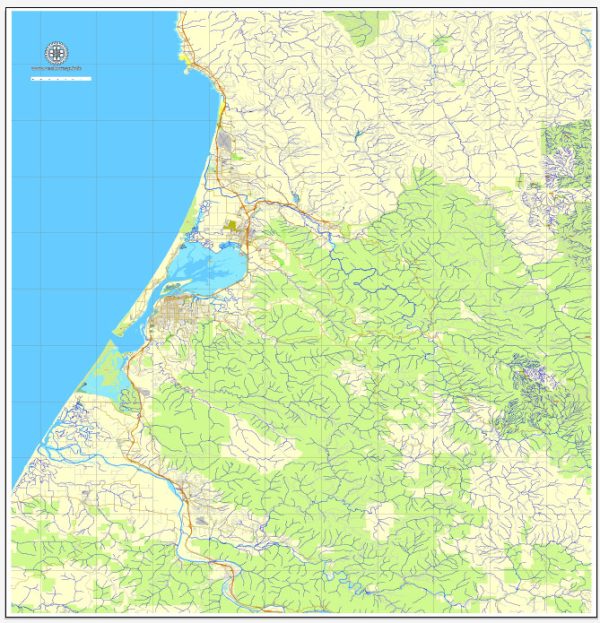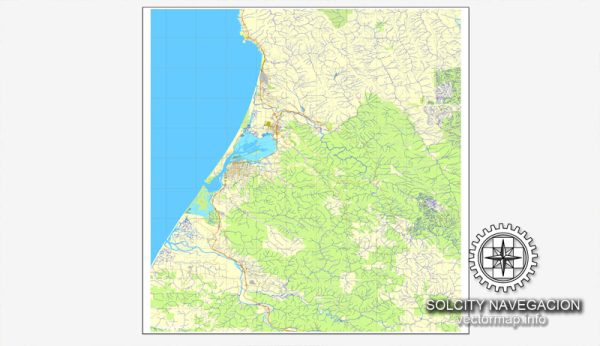Humboldt Bay in Eureka, California, serves as a vital hub for maritime transportation along the northern coast of California.
Humboldt Bay:
- Geography: Humboldt Bay is a natural bay located on the rugged northern coast of California. It is the second-largest natural bay in California and is characterized by its scenic beauty and proximity to the Pacific Ocean.
- Port of Humboldt Bay: Eureka serves as the primary city on Humboldt Bay, and the port facilities play a crucial role in supporting maritime activities. The Port of Humboldt Bay is equipped to handle a variety of cargo, including forest products, agriculture, and general goods.
- Cargo Handling: The port handles various types of cargo, with a significant focus on timber and wood products. This includes the export of lumber and other forest-related goods.
- Fishing Industry: Humboldt Bay has a vibrant fishing industry. Eureka is home to a fishing fleet engaged in commercial fishing, including the harvesting of salmon, Dungeness crab, and other seafood.
- Maritime Infrastructure: The port has facilities such as docks and piers to accommodate vessels for loading and unloading cargo. The infrastructure supports both commercial shipping and fishing activities.
- Economic Impact: Maritime transportation in the region has a significant economic impact. It supports local industries, provides employment opportunities, and contributes to the broader economy of Humboldt County.
- Environmental Considerations: Given the ecological sensitivity of the region, there is likely a focus on environmentally sustainable practices in maritime activities to preserve the local ecosystem.
- Transportation Connectivity: Eureka is connected to major transportation routes, including highways, facilitating the movement of goods to and from the port.
- Coast Guard Presence: Given its location along the Pacific coast, the U.S. Coast Guard likely plays a role in ensuring the safety and security of maritime activities in the region.



 Author: Kirill Shrayber, Ph.D.
Author: Kirill Shrayber, Ph.D.